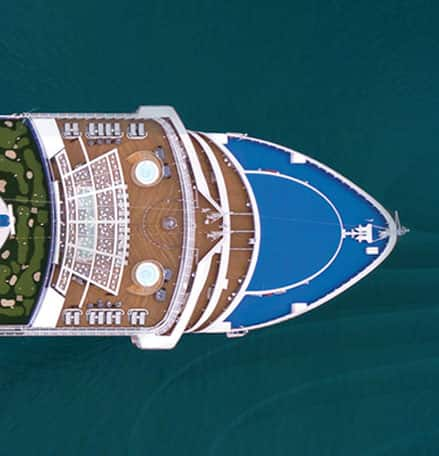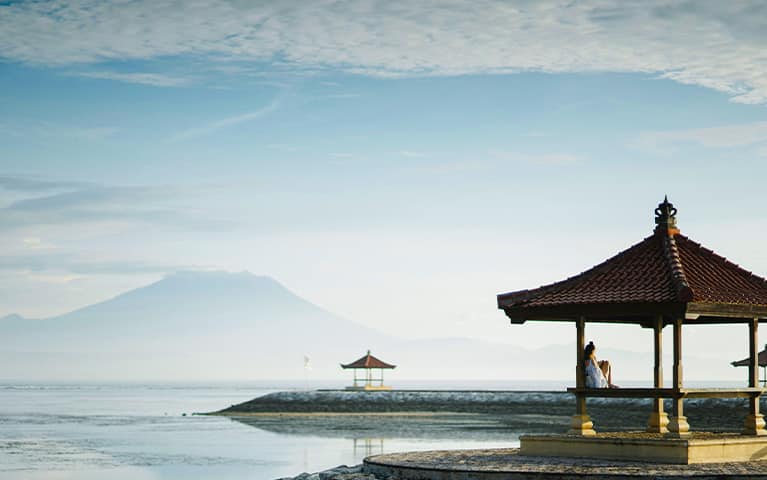An Insider’s Look at the Nazca Lines
Located in a dramatically dry plateau about 250 miles from Lima in Peru’s Nazca Desert, the Nazca Lines are a mysterious collection of etchings that can be admired from a bird’s-eye view. These etchings, called geoglyphs, were carved into the desert ground thousands of years ago.
First Discovery
This UNESCO World Heritage site was first discovered in the 1920s when a commercial airline flew over the land and passengers mentioned that they saw images on the desert floor. The lines weren’t officially noted until 1939 when American professor Dr. Paul Kosok flew over the desert on a mission to study the irrigation systems of pre-Inca civilizations. The symbols were so exceptional that geologists took interest and have been studying the secrets of these lines for decades. The lack of rain has largely protected these desert drawings from erosion for thousands of years.
The Great Mystery
Today, there are about 300 figures, including animals, plants and shapes, that compose the Nazca Lines. This site has come to be recognized as one of the most perplexing archaeological discoveries in the world. The drawings were created by people in ancient civilizations starting in 200 B.C. and continuing for hundreds of years. The mystery of the lines centers on the reason they were created. Some claim that the lines were created by aliens to be viewed from space, while others say they were made for ancient astronauts. Still more propose that they were created for pilgrims to follow towards temples and others cite water rituals as the central purpose for the lines.
When you travel to Pisco, Peru, experience the intrigue of this UNESCO site firsthand – choose the Nazca Lines Overflight excursion, which takes you soaring over the desert for incredible views of these famous lines. No one knows the truth about the secrets of this site, so enjoy the flight as you ponder the mysteries and come to your own conclusion.












